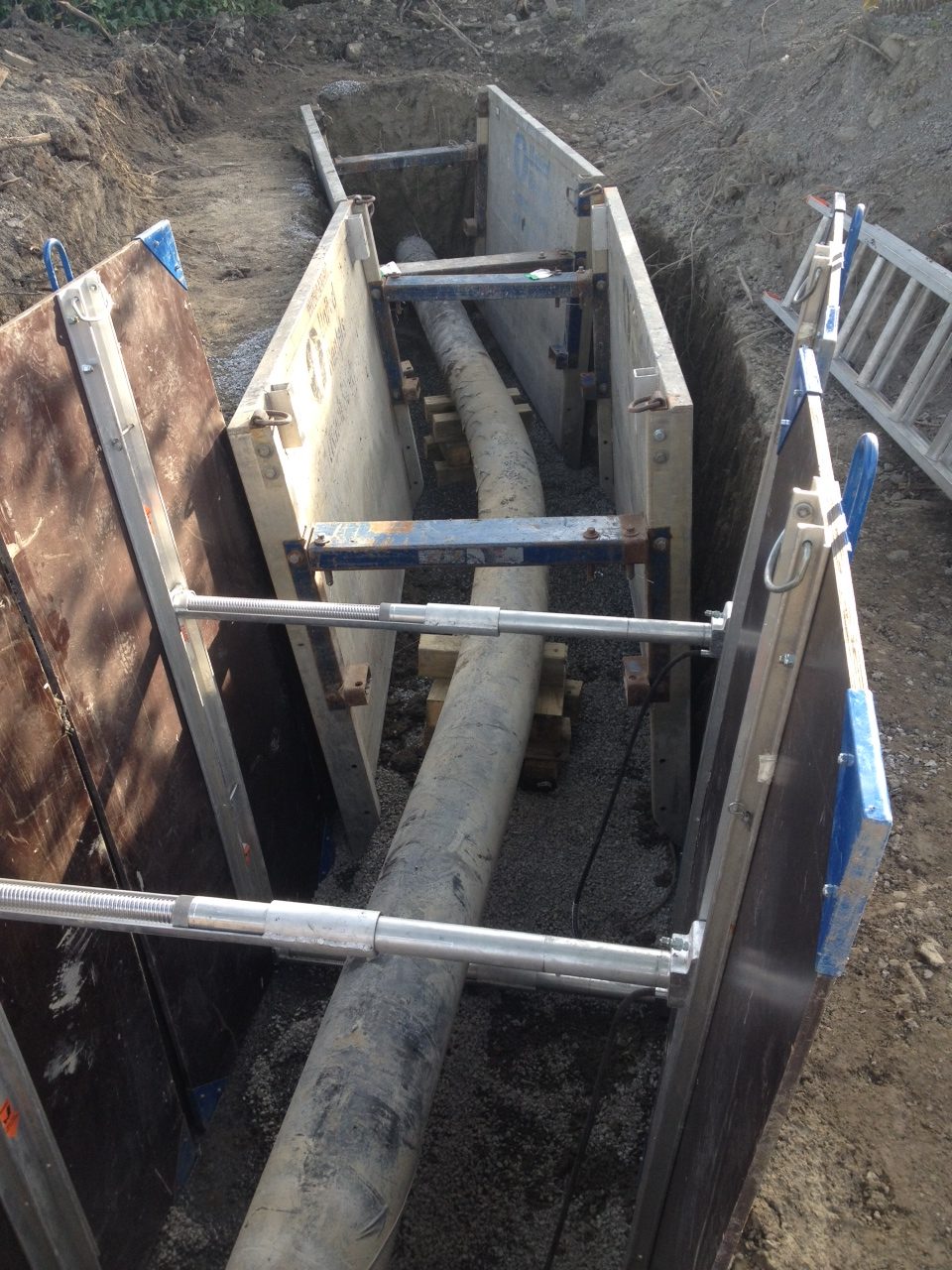
A confined space can pose many hazards for workers, including the risk of serious injury and death. Because of the dangers associated with confined spaces, it’s essential you have a comprehensive safety plan in place that covers all of the elements. While the exact items required in your plan will partly depend on your space and the regulations of your province or territory, there are some basic areas all plans should cover.
Measures to prevent entry by unauthorized individuals
People can end up in surprising areas in your workplace. Therefore, you need to ensure no person who lacks the authorization to enter a confined space has the immediate ability to enter it. The use of barriers, signage and other security measures can help prevent someone from entering the space who simply does not have the training needed to be in there.
A procedure for identifying and evaluating possible confined space hazards
A confined space must be evaluated for potential hazards, and measures should be taken to help prevent hazards such as inert gases from seeping in. This work must be done by a professional to ensure everything is safe. Some actions necessary to combat a hazard can actually cause other safety issues if not done properly, which is why it’s crucial to have this done by an experienced professional.
Thorough staff training
Anyone who may be involved in your confined space or its operations has to be fully trained first. You can use a professional service to accomplish this if you don’t have anyone properly trained and certified already on your staff. You should also keep records of training for all staff, including the dates and types of training each employee has received.
All necessary equipment
Those entering the confined space will need the appropriate equipment to do so safely. This often includes protective clothing, safety eyewear, boots, gloves, hard hats, protection for hearing and respiratory equipment. A person entering the space will also need additional items such as a full body harness, a lifeline and a communication system.
Pre-entry and continual monitoring procedures
A confined space should be evaluated for possible hazards before someone enters it each time. The space should be monitored the entire time the person is in it, too, for aspects such as oxygen levels and toxic or flammable vapours or gasses.
You should have at least one person who is stationed outside of the space to handle certain tasks, such as ensuring any blowers, hoses or ventilation items needed for safe work in the space are functioning properly.
Confined space rescue procedures
All safety plans must have a thorough and detailed step-by-step guide for what to do when an emergency happens. Everyone working near the space should know what to do immediately in the event a confined space rescue is needed. A delay, even if it’s just a few minutes, can mean life or death for someone in a confined space emergency.
If your safety plan isn’t meeting its mark, an employee may be seriously injured or even die in a confined space. Work with a professional confined space rescue company to ensure your plan will protect your staff.